Crime scene cleanup is a specialized service that involves the cleaning and sanitization of a crime scene or trauma scene. This type of cleanup is necessary after a violent crime, accident, or other traumatic event that results in blood, bodily fluids, and other biohazardous materials being present at the scene.
While the cleaning and sanitization process is crucial for the safety and well-being of those who may come into contact with the scene, the disposal of waste is also a critical aspect of crime scene cleanup. Read on to learn how crime scene cleanup companies dispose of waste and the regulations they have to follow.
What is Crime Scene Cleanup Waste?
Before we dive into the disposal process, it’s essential to understand what constitutes crime scene cleanup waste. Crime scene cleanup waste includes any materials contaminated with blood, bodily fluids, or other biohazardous materials. This can include clothing, bedding, furniture, and other items found at the scene.
Additionally, any cleaning supplies, personal protective equipment (PPE), and other materials used during the cleanup process are also considered waste. These items may be contaminated and must be disposed of properly to prevent the spread of infectious diseases.
Biohazard Cleanup
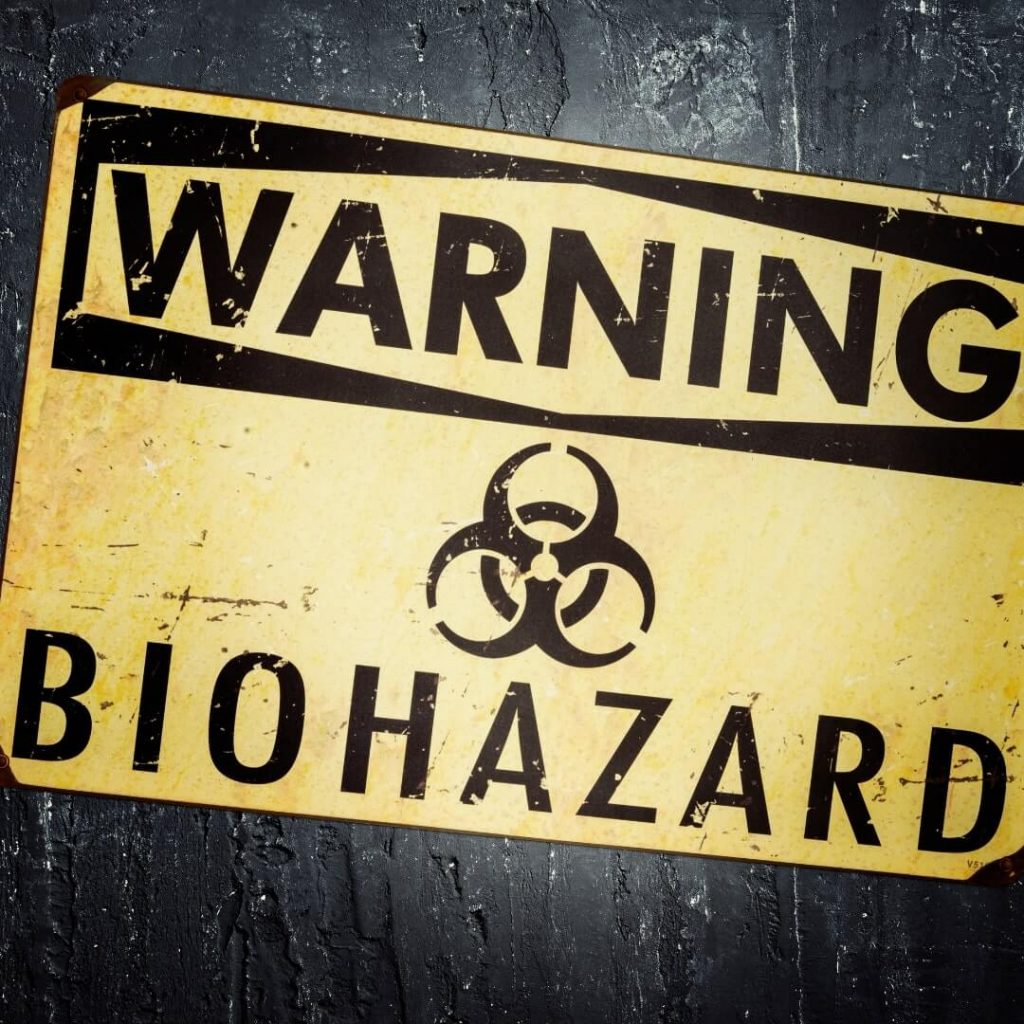
Biohazard cleanup is a crucial aspect of crime scene cleanup. It involves the removal and disposal of any materials that may pose a risk to human health. This can include blood, bodily fluids, tissues, and other potentially infectious materials.
Biohazard cleanup companies must follow strict protocols and regulations when handling and disposing of these materials to ensure the safety of their employees and the public.
Regulations for Crime Scene Cleanup Waste Disposal

Crime scene cleanup companies have to adhere to federal, state, and local regulations when disposing of waste. These regulations are in place to protect the environment and public health and safety.
OSHA Regulations
The Occupational Safety and Health Administration (OSHA) is a federal agency that sets and enforces workplace safety standards. OSHA has specific regulations for handling and disposing of biohazardous materials, including those found at crime scenes.
These regulations require that all employees who handle biohazardous materials receive proper training and have access to personal protective equipment. They also outline the proper procedures for handling, transporting, and disposing of these materials.
EPA Regulations
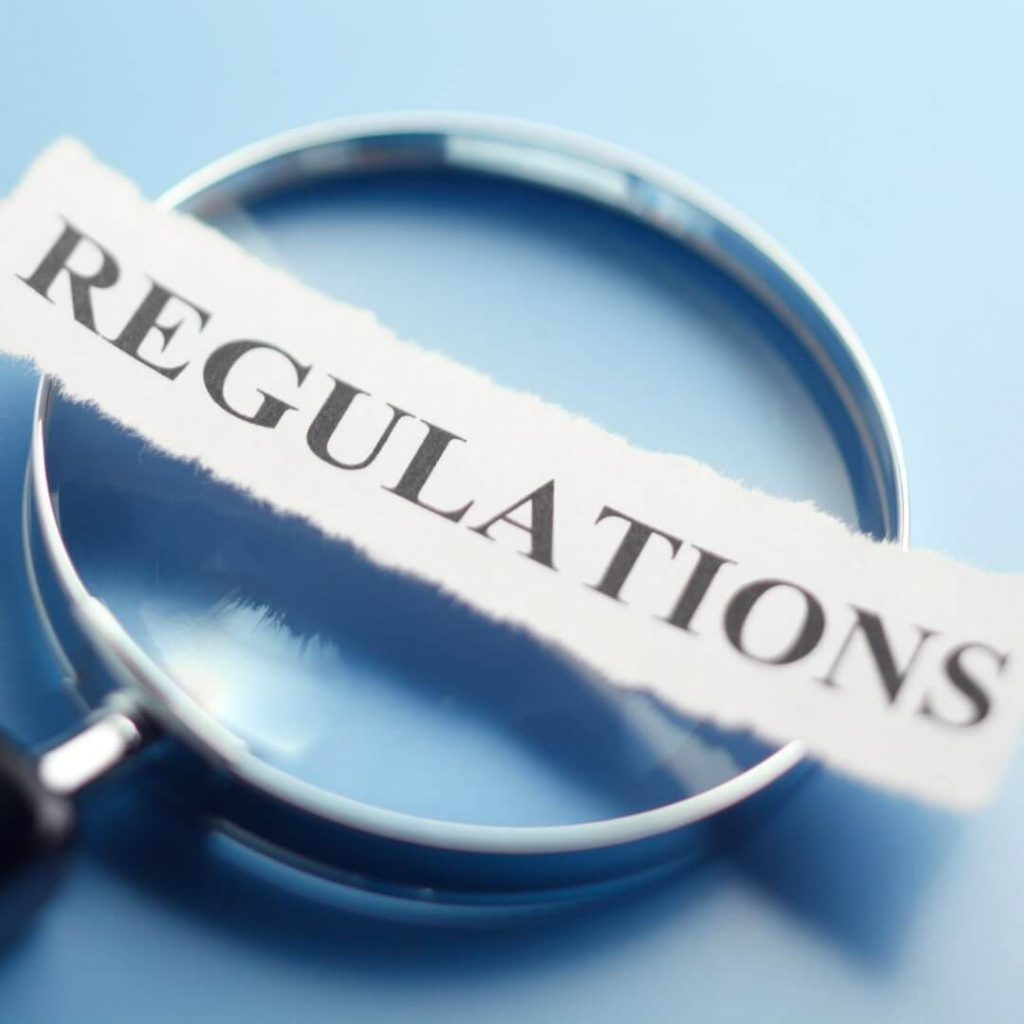
The Environmental Protection Agency (EPA) is responsible for regulating the disposal of hazardous waste. Crime scene cleanup waste falls under the category of hazardous waste due to its potential to spread infectious diseases.
EPA regulations require that hazardous waste be properly labeled, stored, and transported to a licensed facility for disposal. Crime scene cleanup companies must follow these regulations to ensure the safe and proper disposal of waste.
State and Local Regulations
In addition to federal regulations, crime scene cleanup companies must also adhere to state and local regulations for waste disposal. These regulations may vary depending on the location and may include specific requirements for the transportation and disposal of biohazardous materials.
The Disposal Process
Now that we understand the regulations in place for crime scene cleanup waste disposal, let’s explore the actual process that crime scene cleanup companies follow.
Containment and Removal
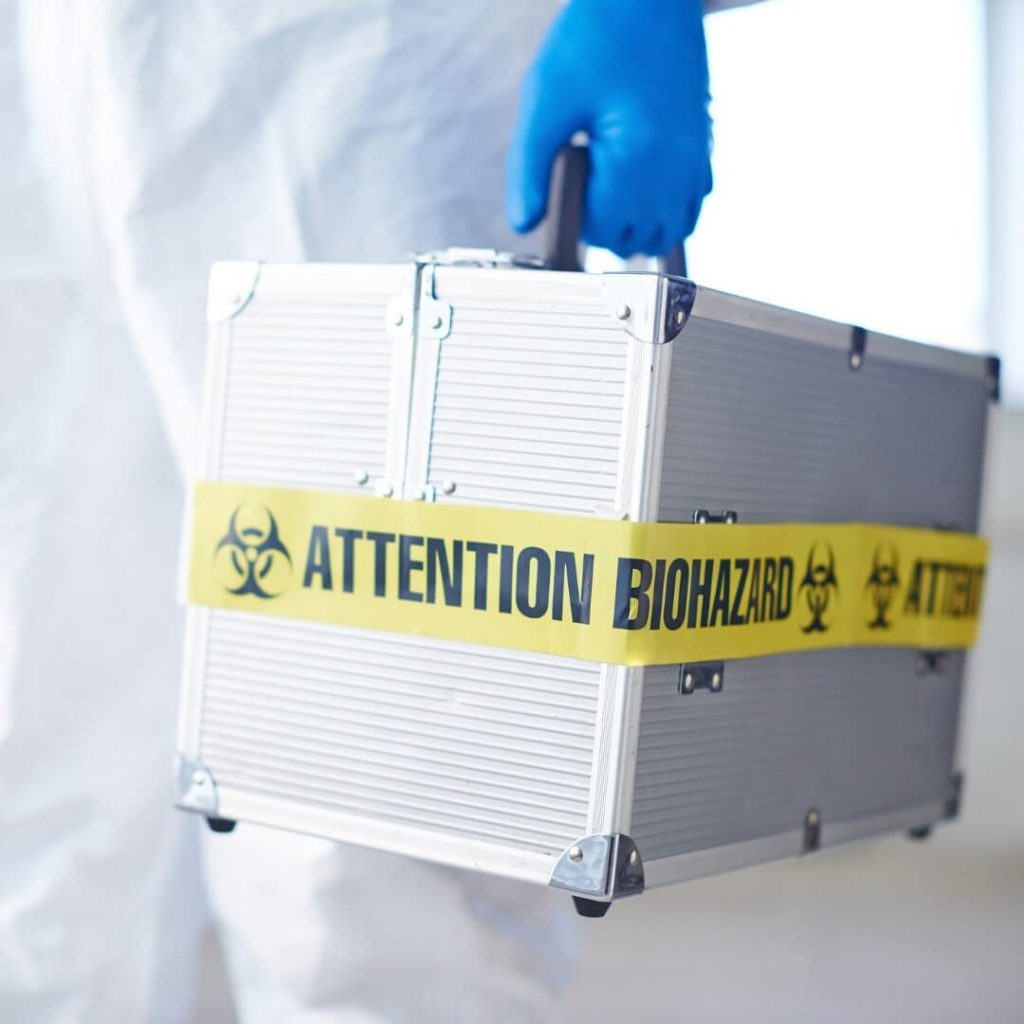
The first step in the disposal process is to contain and remove all biohazardous materials from the scene. This includes any items that may have been contaminated, such as clothing, furniture, and other personal belongings.
Crime scene cleanup technicians use specialized equipment and cleaning agents to thoroughly clean and sanitize the area. They also use personal protective equipment to protect themselves from potential exposure to biohazardous materials.
Packaging and Labeling

Once all biohazardous materials have been removed from the scene, they are packaged and labeled according to federal, state, and local regulations. This includes using proper containers and labeling them with the appropriate biohazard symbols and warning labels.
Transportation
Transporting biohazardous materials requires special permits and licenses. Crime scene cleanup companies must follow strict guidelines for the transportation of these materials to ensure the safety of the public and the environment.
Disposal
Once the waste has been transported to a licensed facility, it is disposed of according to EPA regulations. This may include incineration, chemical treatment, or other methods approved for the disposal of hazardous waste.
The Importance of Proper Waste Disposal
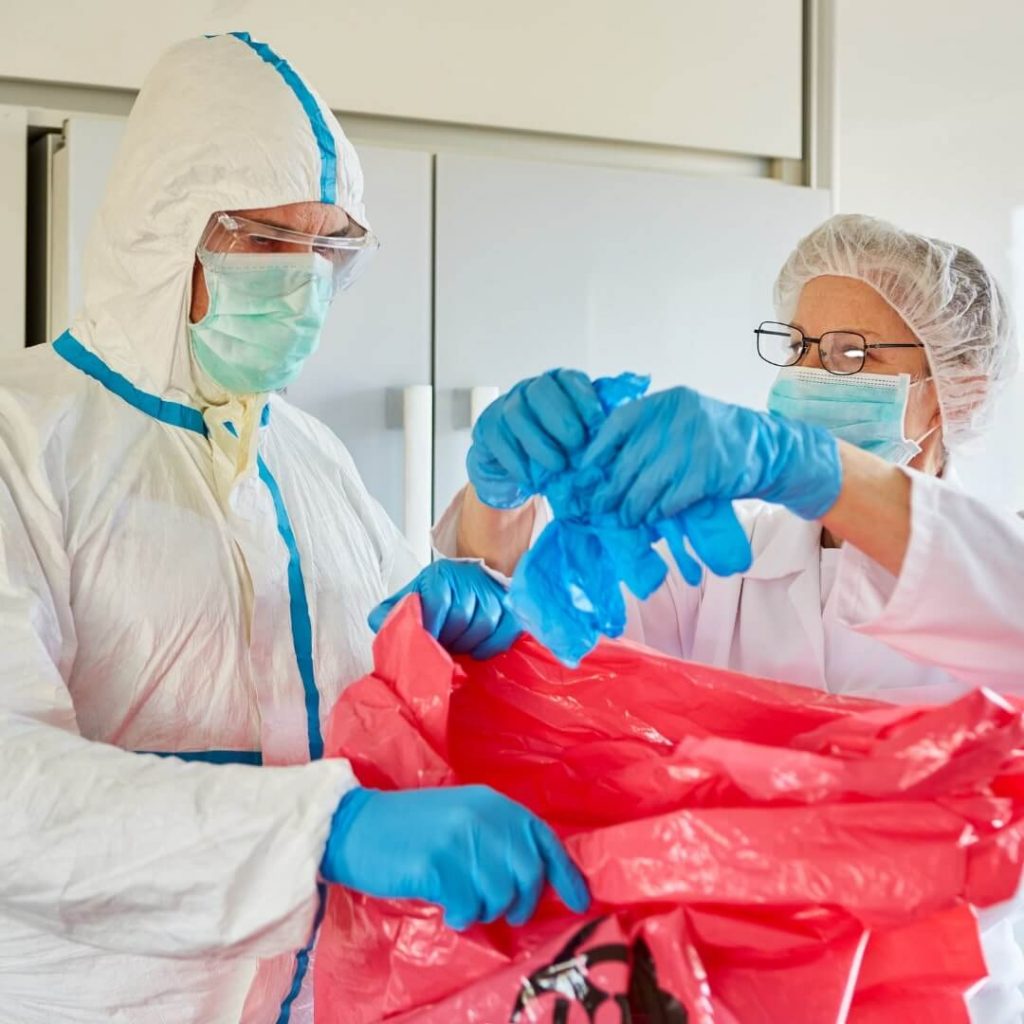
Proper waste disposal is crucial for the safety and well-being of everyone involved in the crime scene cleanup process. It also helps to prevent the spread of infectious diseases and protects the environment.
Improper disposal of biohazardous materials can result in serious health risks, including the spread of bloodborne pathogens and other infectious diseases. It can also lead to environmental contamination and potential legal consequences for the crime scene cleanup company.
Takeaways
In conclusion, crime scene cleanup companies must follow strict regulations for the disposal of waste. This includes adhering to OSHA and EPA regulations and any state or local regulations that may apply.
The disposal process involves containing and removing biohazardous materials, packaging and labeling them properly, and transporting them to a licensed facility for disposal. Proper waste disposal is crucial for the safety of everyone involved and helps to prevent the spread of infectious diseases and environmental contamination.
By understanding the regulations and following proper disposal procedures, crime scene cleanup companies can ensure the safety and well-being of their employees and the public while providing a necessary service for those affected by traumatic events.
For professional biohazard cleanup services in Bartlett, contact us here at PuroClean of Bartlett!

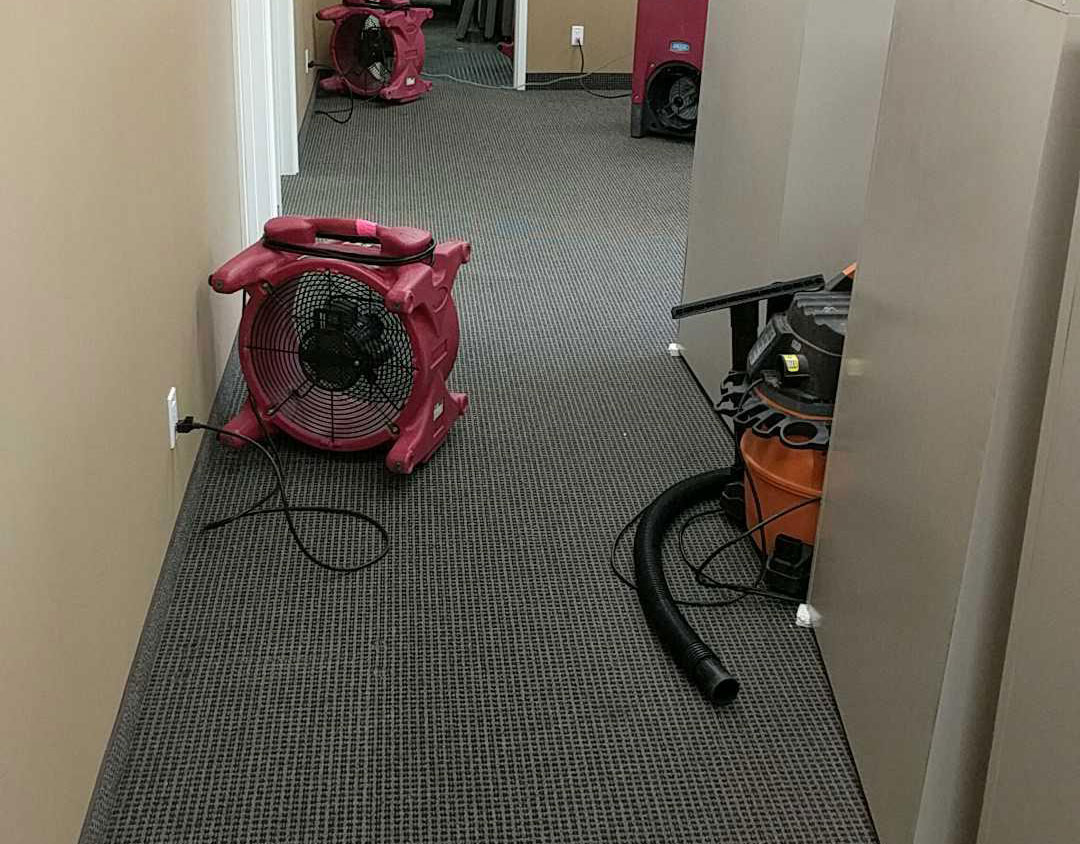


 PuroClean of Bartlett
PuroClean of Bartlett